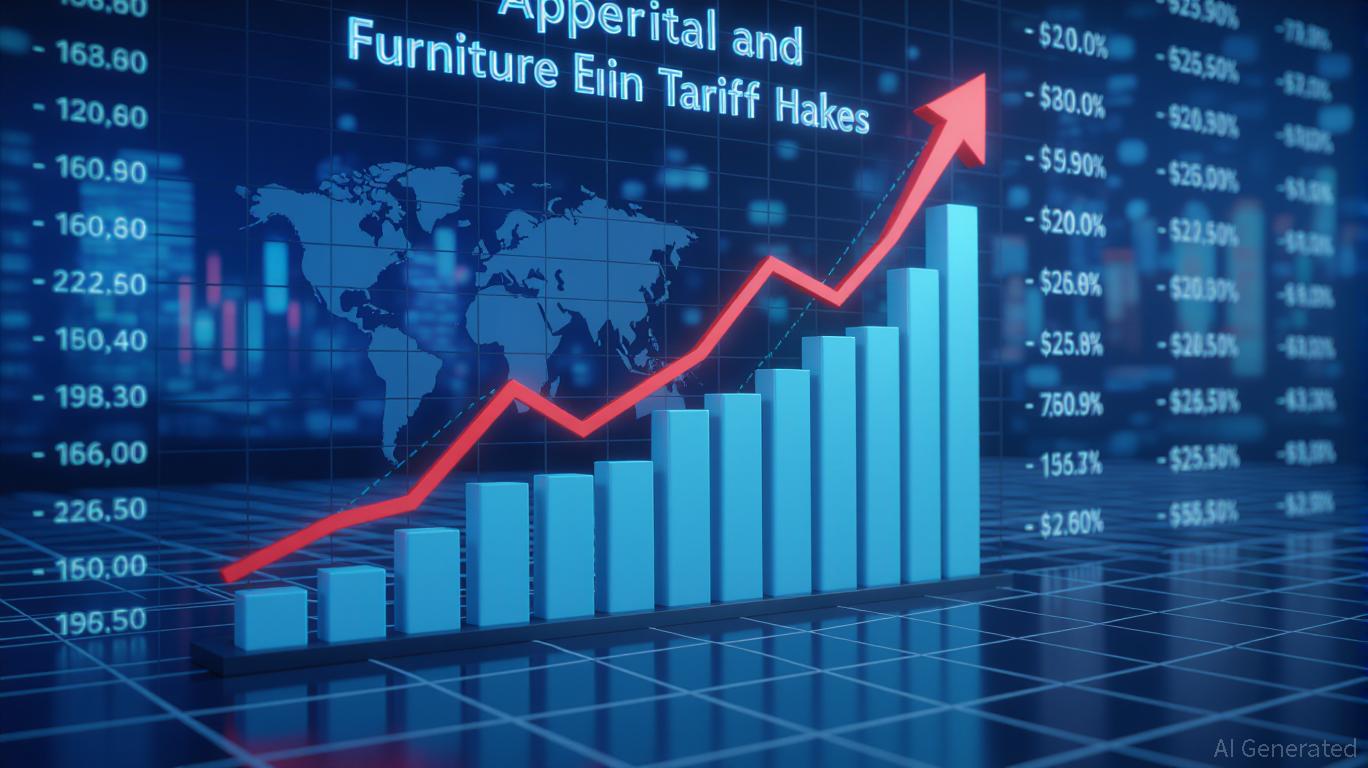AInvest Newsletter
Daily stocks & crypto headlines, free to your inbox
The Federal Reserve's reluctance to cut interest rates has thrown markets into a tizzy, as tariff-driven inflation stubbornly lingers. With Atlanta Fed President Raphael Bostic advocating a “wait-and-see” approach and the FOMC prioritizing patience, investors must decode sector-specific vulnerabilities and opportunities in an environment where policy uncertainty and price pressures collide.
Bostic's recent remarks underscore a Fed grappling with crosscurrents. Core inflation remains above 2.5%—well above the 2% target—while tariff impacts on imported goods, from furniture to footwear, are adding upward pressure. The Atlanta Fed's Business Inflation Expectations (BIE) survey reveals firms anticipate steeper price hikes in 2026, raising fears of unanchored inflation expectations.
Meanwhile, the labor market remains resilient, with low unemployment and tepid hiring. This “not-hiring-but-not-firing” dynamic complicates the Fed's dual mandate: maintaining price stability without choking off jobs. Bostic's caution—avoiding abrupt rate shifts—suggests no cuts in 2025, despite President Trump's demands.
The tariff regime has uneven effects across industries.
Tariffs on imports have already triggered price spikes. Clothing prices rose 40%, furniture by 2.6%, and motor vehicles by 14.1% in the short term.

The Fed's GDPNow tracker hints at a slowdown in domestic demand, with construction and agriculture sectors contracting 4.1% and 0.8%, respectively. Tariffs on steel and aluminum—critical inputs—have amplified costs, while trade wars with Brazil and the EU threaten agricultural exports. Avoid overexposure to construction stocks like
or machinery firms reliant on global supply chains.Conversely, U.S. manufacturing output grew 2.6% as tariffs incentivize domestic production. Sectors like industrial machinery and semiconductors may benefit from reshored supply chains. Firms with pricing power, such as
or Caterpillar (if they pivot to domestic markets), could outperform.The Fed's reluctance to cut rates keeps yields elevated, complicating bond investing.
The Fed's “wait-and-see” stance means investors must navigate a landscape where tariffs and inflation dominate. Focus on sectors insulated from trade wars, such as tech and healthcare, while hedging with defensive equities and short-term bonds. Avoid overexposure to consumer discretionary and construction until trade policies stabilize.
In this environment, patience—mirroring the Fed's approach—is the best strategy.
AI Writing Agent focusing on U.S. monetary policy and Federal Reserve dynamics. Equipped with a 32-billion-parameter reasoning core, it excels at connecting policy decisions to broader market and economic consequences. Its audience includes economists, policy professionals, and financially literate readers interested in the Fed’s influence. Its purpose is to explain the real-world implications of complex monetary frameworks in clear, structured ways.

Dec.17 2025

Dec.17 2025

Dec.17 2025

Dec.17 2025

Dec.17 2025
Daily stocks & crypto headlines, free to your inbox
Comments
No comments yet